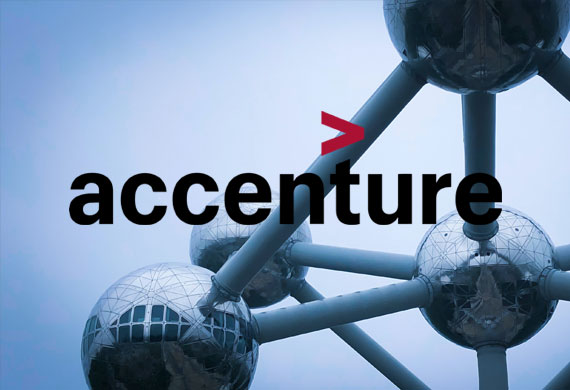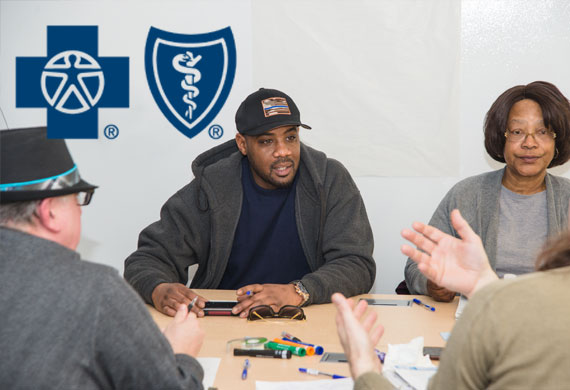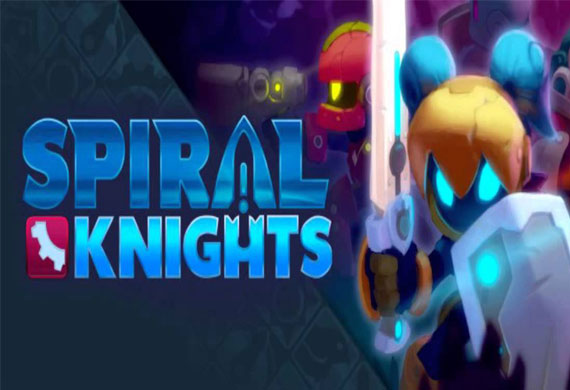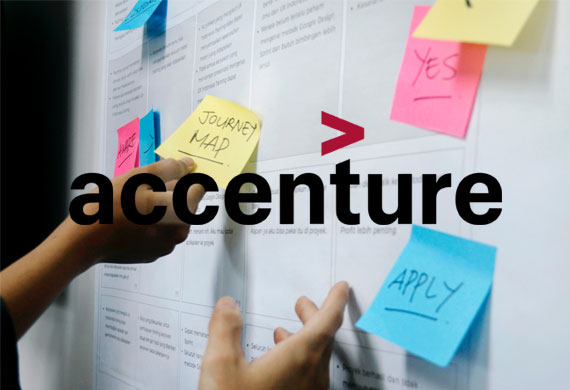-
Cross-Cultural Research
Accenture

-
Atomic Research Database
Accenture

-
Service Design
Accenture

-
User Experience Strategy
Blue Cross Blue Shield of MI

-
Participatory Design
Blue Cross Blue Shield of MI

-
Ethics in Design
Citizen Interaction Design

-
Social Psychology in Games
London School of Economics

-
Lean UX
Accenture


Google Design Sprints
The digital department at Blue Cross Blue Shield (BCBSM) needed a new approach to running design projects that more rapidly identified stakeholder needs, create design iterations, and develop more innovative results. That new approach was Google Venture Design Sprints.
The following is work I did leading Blue Cross Blue Shield through its first ever Google Design Sprint. It was done with General Motors to help them build a site for that would introduce a new health plan to their employees.
- Apr 2018 to Sep 2018
- UX Design, Wireframes, User Research, Prototyping
- General Motors
- Google Sprint, Axure, Jira, Confluence, Adobe Experience Manager
The Challenge
GM wanted to introduce their employees to a new type of health plan that could save the company money while increasing quality of service.
To start with, the health plan would only be available in certain geographic areas (Kansas City, Detroit, and Fort Wayne), but if the project was a success it would be rolled out to more areas over time.
Employees needed to be able to learn about the new plan, figure out their eligibility, and then be able to compare the plan against all other options they had so that they could pick the best plan for their circumstances. GM wanted to make sure employees picked the plan that was right for them, even if it wasn't the cheapest plan for GM.
The Who
My Role

Lead User Experience Designer & Sprint Co-Facilitator
The Team

2 x GM Product Owners

BCBSM Product Owner

Scrum Master

Developer

UI Designer

QA

Content Strategist
Finding a Solution
To solve this challenge, I took the project team through an adapted version of the Google Sprint 2.0 framework that was comprised of four main steps:
1 Defining Project Goals
2 Sprint Mapping
3 Diverging and Deciding
4 Prototype and Testing
Defining Project Goals
I started this project working with the client and subject experts to help GM develop their short- and long-term goals for the project which we could use as a metric for success.
Then I asked how we could fail to reach these long-term goals as a way to make sure we did not miss pitfalls.

Sprint Mapping
As a team, we created a high-level map of the customer flow through the whole process from start to finish and placed the most critical How Might We questions on the sprint map where they seemed to be the most relevant.
This helped us understand which section of the user experience was the most important to focus on and get right for the success of the project.
Diverging and Deciding
Next, I lead the group through 4-part sketching exercises which helped us slowly refine design expectations.
Everyone then voted on the best ideas and features, and the result was a heat map of the team’s preferences.
With the help of the Decider (in this case the representatives from GM), we chose the winning features which would be included in the prototype we would test with users.

Prototype and Testing
Using the sketches and the results from a storyboard session I led the team through, I then built the first iteration of the prototype in Axure, stitching together all the best artifacts and ideas from the Sprint so far.
I tested the prototype with real GM employees to see if they were able to successfully navigate the site and felt that there was enough information for them to make an informed health plan choice.
Using the results from the testing, I continued to refine and improve the prototype until we had something that met both the business goals of GM and the user’s needs.
The Outcomes
I designed a simple responsive site which helped users understand if they were eligible for the new plan and to educate themselves about the options available to them.

Eligibility
To solve the problem of the new plan only being available in some geographic locations, the site had a zip code entry system that segmented the users into 5 different groups, so they only saw the content relevant to them.
Education
To help the user I created detailed plan description pages (such as the Detroit page here) where users could learn about the new plan and how it compared to the other older plans.

The Learnings
While I do not believe that Google Design Sprints are a panacea for any design problem, they definitely contain a number of great exercises that are helpful and show there are different ways of approach design projects.
Skills Developed
- Google Sprints
- Client Relations
Skills Enhanced
- Requirement Gathering
- Responsive Prototyping
- User Testing
